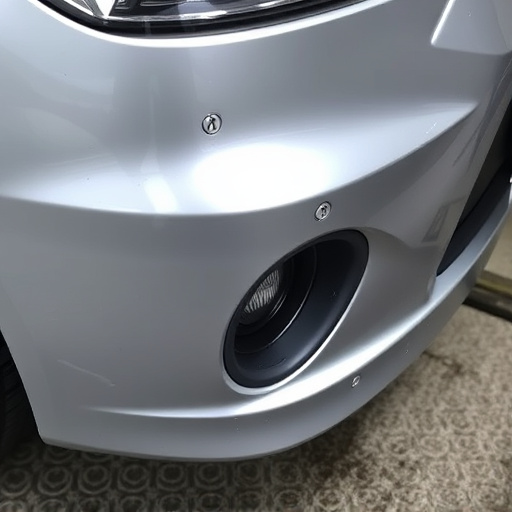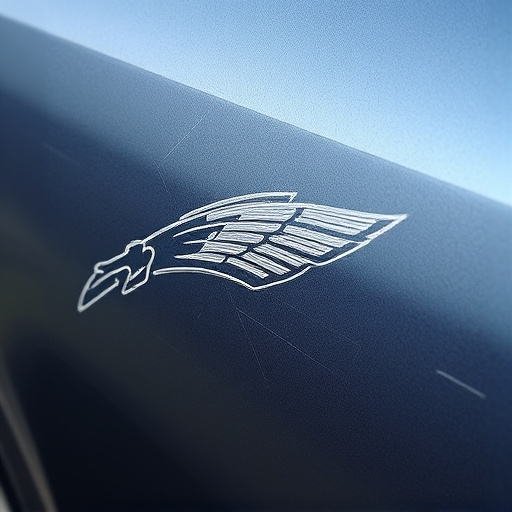The claims documentation service is vital for managing complex auto insurance claims, ensuring transparency and accurate billing through meticulous recording of repair work. Errors in specifications, formatting, or transcription can lead to issues, so reputable services employ advanced verification techniques, cross-reference data, and stay updated with car paint technologies. Rigorous assurance strategies, including double-checking information and using data validation software, maintain accuracy. Regular audits and continuous improvement based on feedback enhance the integrity of claims documentation services in collision repair industries.
In today’s complex insurance landscape, ensuring the accuracy of claims documentation services is paramount. This article explores the fundamental aspects of claims documentation services and why their precision is non-negotiable. We delve into common errors that can arise during verification processes, providing insights to help professionals navigate these challenges. Additionally, effective strategies for upholding accuracy are presented, offering a comprehensive guide for organizations aiming to optimize their claims handling efficiency and reduce potential losses.
- Understanding Claims Documentation Service Fundamentals
- Uncovering Common Errors in Documentation Verification
- Implementing Effective Strategies for Accuracy Assurance
Understanding Claims Documentation Service Fundamentals

The claims documentation service is a critical component in the process of handling and resolving insurance claims, especially in complex cases like car collision repairs. This service involves creating and maintaining detailed records, or ‘documents’, that support the validity and scope of automotive repair work performed by an authorized body shop. These documents are essential for several reasons; they act as evidence to verify the extent of damage, ensure accurate billing, and facilitate efficient claim settlements between insurance providers, policyholders, and repair shops.
Accurate claims documentation is particularly vital in the automotive industry, where repairs can range from simple paint jobs to extensive structural changes. For instance, when an automobile undergoes a collision repair, comprehensive documentation must capture the before-and-after state of the vehicle, including photographs, estimates, and work orders. This ensures that every step of the repair process is accounted for, enabling insurance adjusters to make informed decisions regarding compensation. Proper service delivery also safeguards against fraud, miscommunication, and disputes by providing a clear, documented trail of services rendered.
Uncovering Common Errors in Documentation Verification

Uncovering Common Errors in Documentation Verification
When it comes to claims documentation service accuracy, one must be vigilant as even the smallest oversight can lead to significant issues down the line. A thorough review process is essential to identify and rectify common errors that often creep into critical documentation during auto painting or automotive body work processes. One such error is incorrect or outdated specifications, which can result from changes in car paint services over time or a lack of proper record-keeping. Misspelled terms, inconsistent formatting, and missing data points are also frequent culprits, especially when dealing with intricate details required for comprehensive repairs.
Another area prone to errors is the transcription of information, whether it’s hand-written notes or digital entries. Given the fast-paced nature of automotive body work, mistyping or misinterpreting data can occur, leading to inaccurate claims documentation. To mitigate these issues, many reputable claims documentation services employ advanced verification techniques and cross-reference multiple sources to ensure every detail is not only correct but also up-to-date, reflecting the latest in car paint services and automotive body work technologies.
Implementing Effective Strategies for Accuracy Assurance

To ensure the accuracy of a claims documentation service, implementing robust strategies for assurance is paramount. This involves establishing meticulous processes to verify every piece of information within the documentation. For instance, double-checking details like dates, amounts, and descriptions can help prevent errors that might lead to disputes later.
Additionally, leveraging advanced technologies such as data validation software can streamline this process. These tools are designed to cross-reference and compare data across various sources, enhancing overall accuracy. In industries like collision repair, where precise documentation is crucial (be it for individual clients or fleet repair services), these strategies become even more vital. Regular audits and continuous improvement based on feedback further strengthen the integrity of claims documentation services.
Accurately verifying claims documentation is paramount in maintaining integrity within any organization. By understanding foundational concepts, identifying common errors, and implementing robust strategies, businesses can ensure the reliability of their claims documentation services. This not only fosters trust among stakeholders but also strengthens overall operational efficiency, ultimately leading to better decision-making and enhanced customer satisfaction.














